Imagine walking across Antarctica’s icy wilderness and finding evidence of lush, towering forests that once thrived where today only bitter cold and ice exist. This remarkable discovery has revolutionized our understanding of Earth’s climate history. Fossilized forests buried beneath Antarctica’s ice sheets serve as time capsules, preserving invaluable clues about how our planet’s climate has dramatically shifted over millions of years.
Over a hundred years ago, Robert Falcon Scott’s expedition to Antarctica discovered fossils of plants on the Beardmore Glacier, less than 500 km from the South Pole. Edward Wilson, the expedition’s chief scientist, recorded findings of leaves resembling beech leaves in shape and venation. These discoveries tell a story far more complex and fascinating than early scientists could have imagined.
Ancient Forests in a Frozen Wasteland
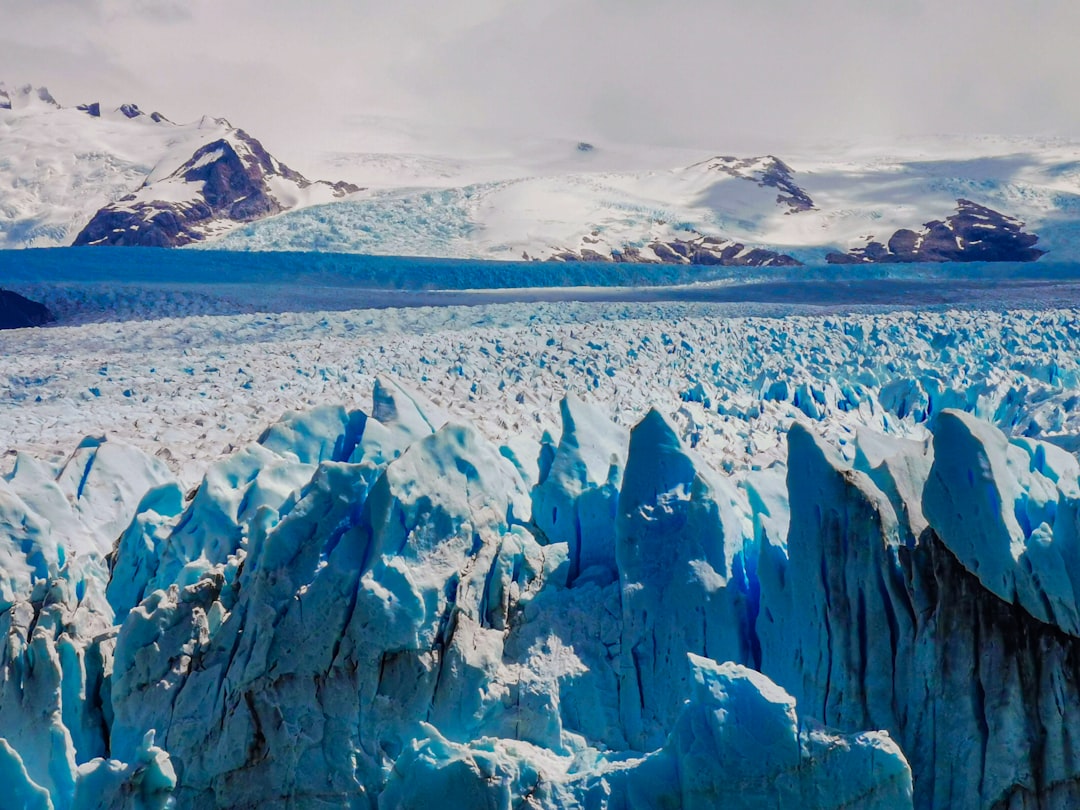
The most striking aspect of Antarctic fossil forests is their sheer impossibility by today’s standards. In Alexander Island, on the west coast of the Antarctic Peninsula, ancient fossil trees dating back 260 million years can be found, with logs up to four metres high still found standing upright. These preserved giants challenge everything we think we know about Antarctica’s climate history.
Discovered fossils reveal that trees are over 260 million years old, meaning forests grew at the end of the Permian Period, before the first dinosaurs. Picture massive Glossopteris trees, some reaching heights of around ninety-eight feet, dominating landscapes where today only ice and rock exist. These weren’t small shrubs struggling to survive, but thriving ecosystems that stretched across entire continents.
The Permian Paradise and Its Catastrophic End

Prior to the end-Permian mass extinction, southern polar forests were dominated by one type of tree, those in the Glossopteris genus. These were behemoths that grew from 65 to 131 feet tall, with broad, flat leaves longer than a person’s forearm. The scale of these ancient forests was breathtaking in scope.
There would have been a mixture of mosses, ferns and an extinct plant called Glossopteris, and it’s likely that this forest stretched across the entirety of Gondwana. During the Permian Period, forests were a potentially low diversity assemblage of different plant types with specific functions that affected how the entire forest responded to environmental change.
However, this forest paradise met a dramatic end. Many scientists now believe that a massive increase in atmospheric greenhouse gases, such as carbon dioxide and methane, caused the Permian-Triassic extinction. It’s likely that over the course of 200,000 years, volcanic eruptions in Siberia released many tons of greenhouse gases into the atmosphere.
Temperature Revelations from Fossilized Leaves
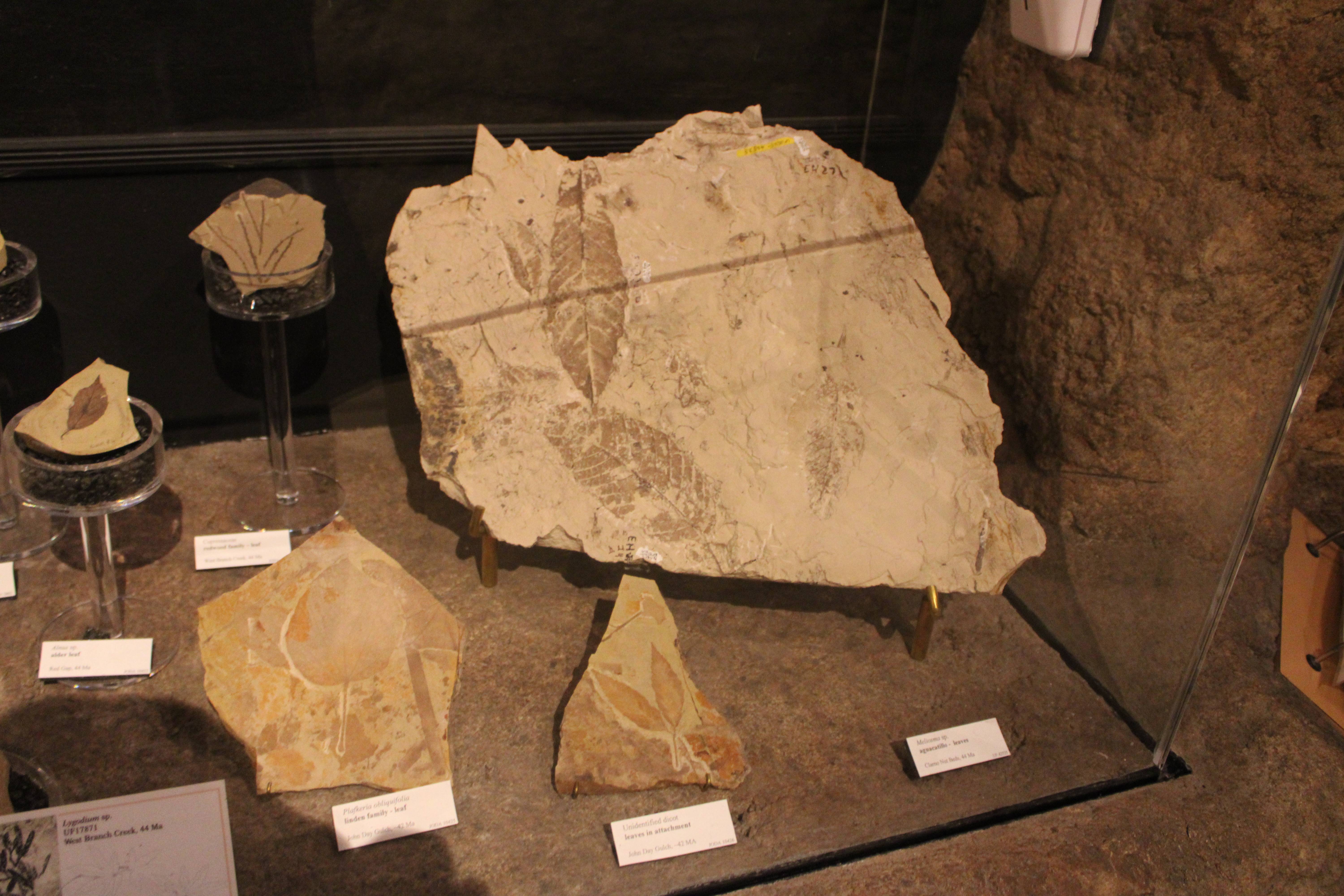
Fossilized leaves act like ancient thermometers, revealing temperatures that would be considered tropical by today’s Antarctic standards. Fossilised leaves found in sandstones and siltstones in the James Ross Basin indicate that mean annual temperatures for the area were 10 – 20°C. The fossil plants indicate that the area had a warm climate without extended periods of winter temperatures below freezing, along with adequate moisture in the air for growth.
Analysis of leaves and flowers, many of which were ancestors of plants that live in the tropics today, indicates that summer temperatures averaged 20°C during this global thermal maximum. These weren’t just mild conditions, these were genuinely warm, humid environments supporting diverse plant communities.
Even more remarkable discoveries have emerged from deeper time periods. Researchers have discovered evidence of a temperate rainforest in the region, such as would be found in New Zealand today. The presence of the forest suggests average temperatures were around 12 degrees Celsius.
Carbon Dioxide Levels and Climate Extremes
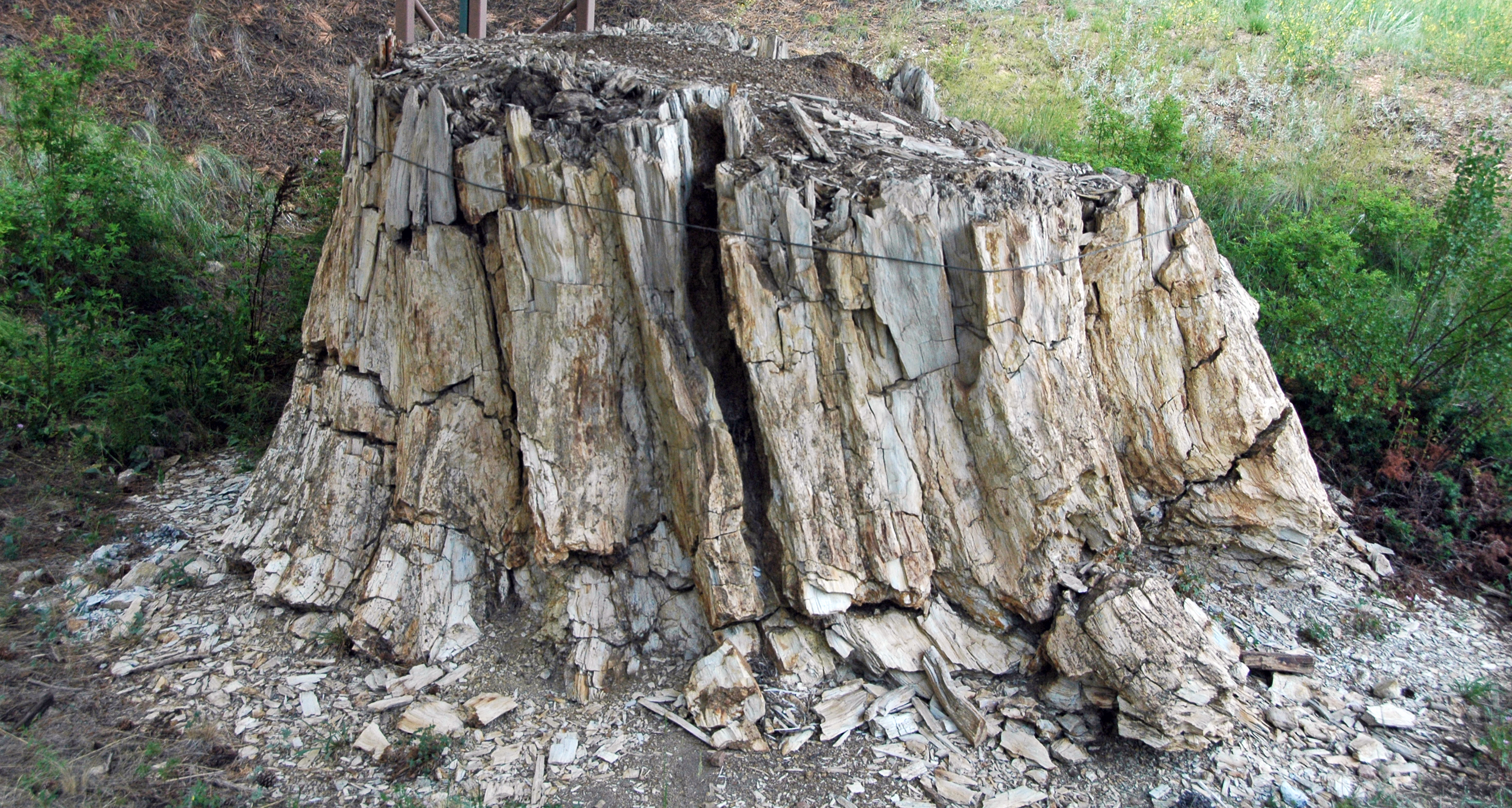
The atmospheric conditions during these ancient warm periods were drastically different from today’s climate. Atmospheric CO2 increased from 426 ppmv in the latest Permian to 2507 ppmv at the PTME within about 75 kyr, and the reconstructed pCO2 significantly correlates with sea surface temperatures. This represents a six-fold increase in atmospheric carbon dioxide levels.
The 4× increase in atmospheric pCO2 across the Permian-Triassic boundary to high and intermediate CO2 levels in the Early Triassic is in agreement with low-latitude SSTs documenting greenhouse warming and hot Early Triassic oceans. Elevated atmospheric pCO2 persisted for ~5 m.y. This prolonged period of elevated greenhouse gases fundamentally altered global climate patterns.
Evidence of Rapid Climate Transitions
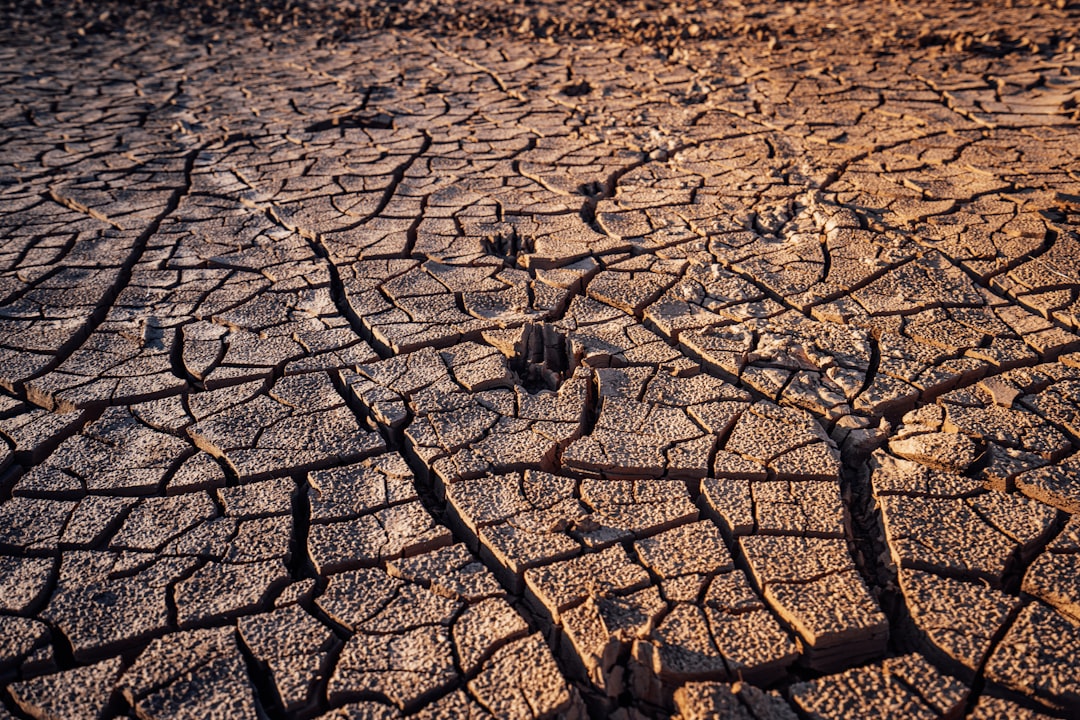
Perhaps the most startling discovery is how quickly these climate changes occurred. Extreme temperature rise would have followed, though some evidence suggests a lag of 12,000 to 128,000 years between the rise in volcanic carbon dioxide emissions and global warming. During the latest Permian before the extinction, global average surface temperatures were about 18.2 °C, which shot up to as much as 35 °C, this hyperthermal condition lasting as long as 500,000 years.
Scientists have used modelling and plant fossils to follow the biosphere’s transition to 10 degrees of warming which eradicated tundra habitats and made polar regions temperate. These biomes changed dramatically at the Permian-Triassic Boundary, as the planet moved from a cold climate to a warm one. The speed of these transitions challenges our understanding of how quickly Earth’s climate system can shift between stable states.
Gondwana’s Role in Global Climate Patterns
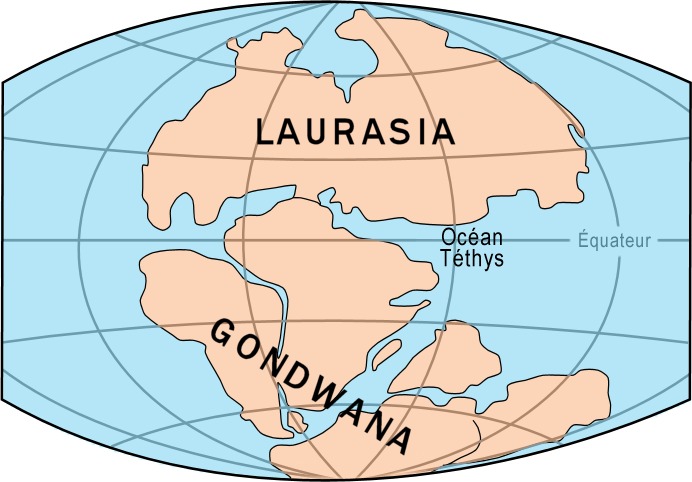
The warmth came from the size of the landmass, with Gondwanaland keeping away the cold currents that today encircle Antarctica. This supercontinent configuration played a crucial role in maintaining warm conditions at high latitudes.
Forests once stretched from Australia through Antarctica to South America, all three of which are remnants of the ancient Southern Hemisphere supercontinent Gondwana. Gondwanan floral remnants, such as Southern Beech flowering trees, large kauri- and bunya-type conifers and plum pines, are just some of the groups that occur in the cool and warm temperate forests that we see growing today in Tasmania, Victoria, South East Australia, in New Zealand and in Patagonia.
The Gradual Transition to Ice House Conditions
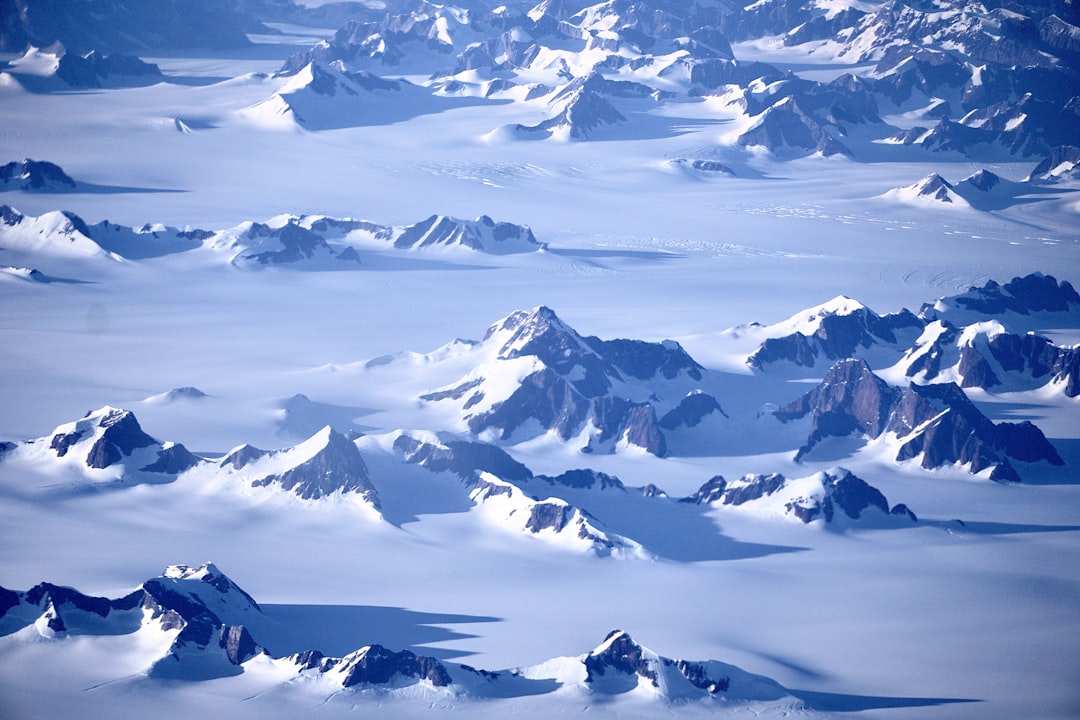
The transformation from greenhouse to icehouse conditions wasn’t instantaneous but occurred over millions of years. Scientists already knew that 55 million years ago Antarctica was ice-free and forested. The continent’s vast ice sheets began forming around 34 million years ago, with the Antarctic Peninsula being the last place to be covered in ice. Over a three-year period, scientists determined that the fossil record indicated a long, gradual process of glaciation over the peninsula.
After the Paleocene (~60 Ma) warmth-loving plants gradually lost their place in the vegetation and were replaced by floras dominated by araucarian conifers and the southern beech Nothofagus, which tolerated freezing winters. This gradual shift demonstrates how ecosystems adapted to changing climate conditions over geological time scales.
Polar Light Cycles and Forest Adaptation
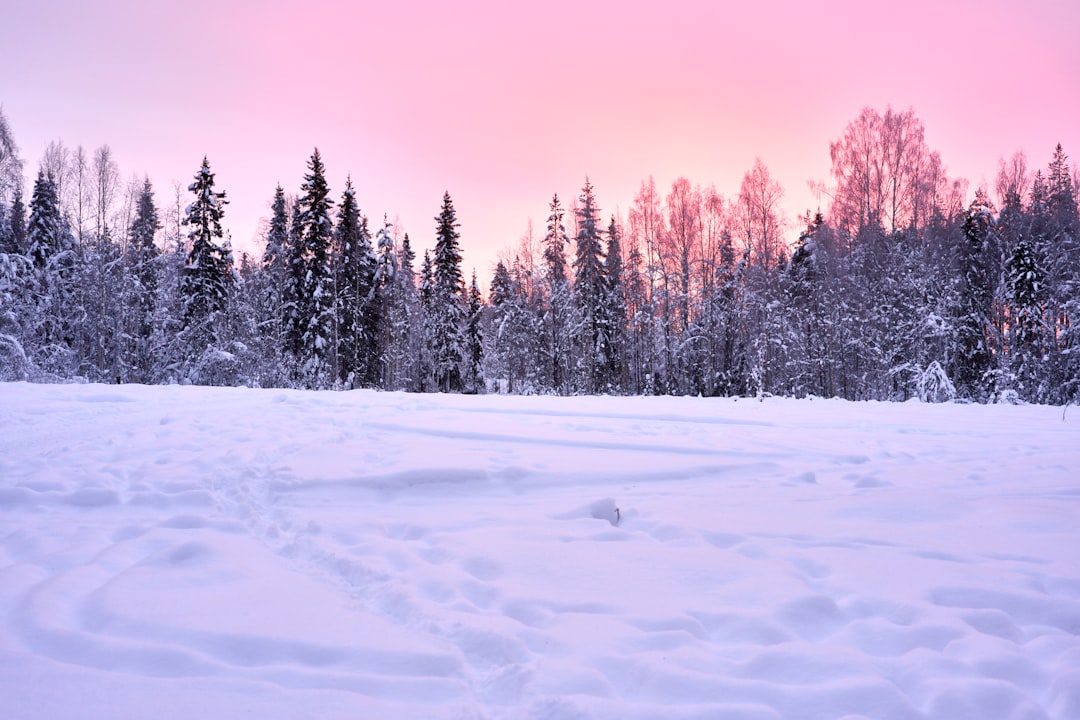
One of the most fascinating aspects of Antarctic fossil forests is how they survived extreme seasonal light variations. This was despite a four-month polar night, meaning for a third of every year there was no life-giving sunlight at all. These ancient trees developed unique adaptations to thrive in environments with months of continuous darkness followed by months of continuous sunlight.
The polar forests represent a unique ecological niche that has no living analogue on Earth today because they grew in an environment where light was the dominating factor, requiring adaptation to the polar light regime with summers consisting of months of continuous sunlight and dark winters. Understanding these adaptations provides insights into how life can persist under extreme conditions.
Modern Climate Implications and Tipping Points
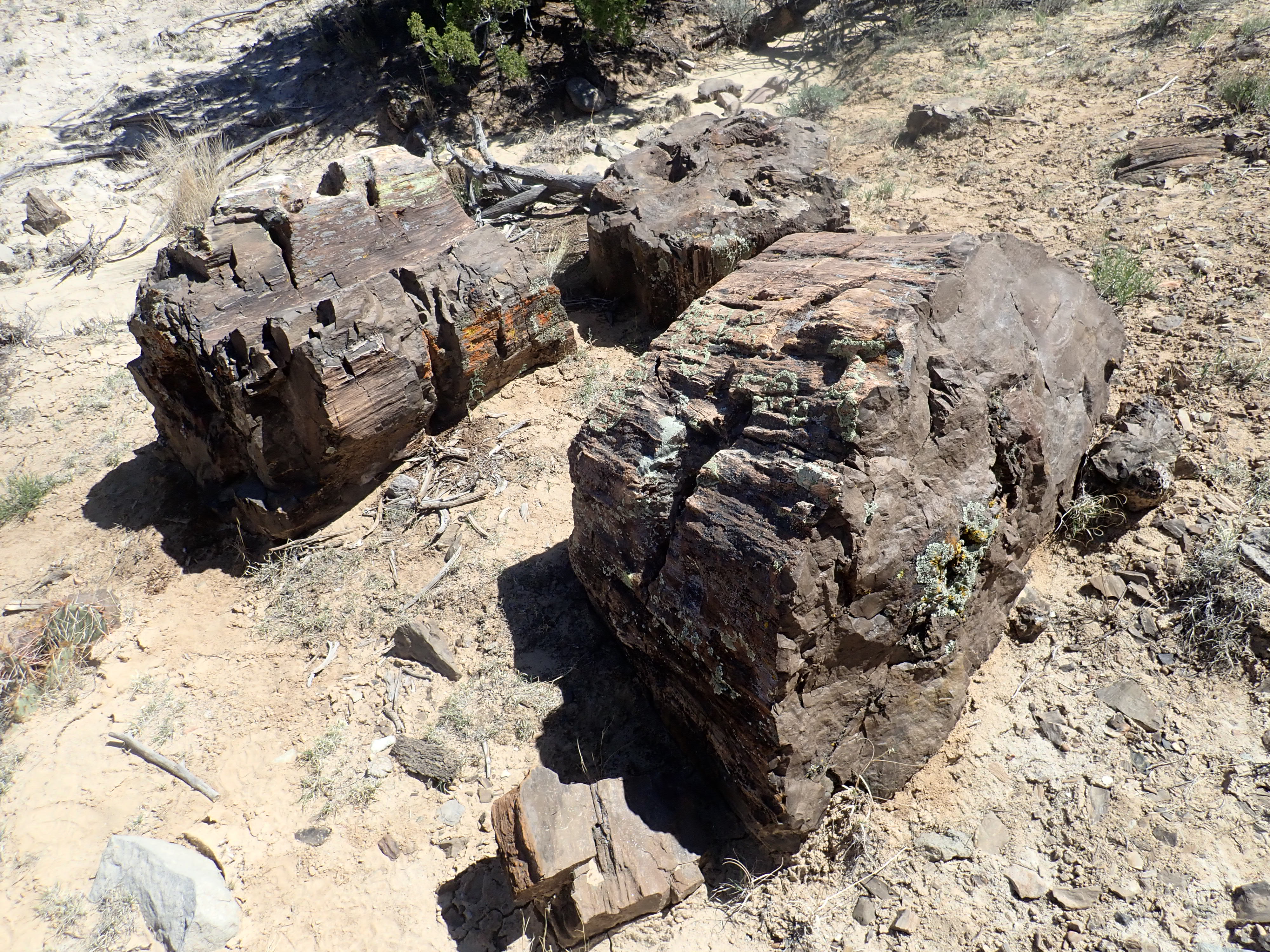
The study of Antarctic fossil forests offers crucial insights for understanding current climate change. Fossil evidence indicates that the collapse of tropical forests during the Permian–Triassic Mass Extinction led to a sharp decline in carbon sequestration, causing prolonged high atmospheric CO2 and extended global warming. This demonstrates that crossing climate tipping points, such as large-scale forest loss, can amplify warming and delay climate recovery for millions of years.
The geologic record shows us the beginning, middle and end of climate change events. With further study, we can better understand how greenhouse gases and climate change affect life on Earth. These ancient examples provide natural laboratories for studying climate system behavior under extreme conditions.
Revolutionary Dating and Analysis Techniques

Modern scientific techniques have revolutionized our ability to extract climate information from fossil forests. Research focuses on the diversity, modern relationships and floral evolution of tooth-margin leaves that helped determine the mean annual temperatures of these high latitude forests at this crucial time of rapid warming. Data feeds into modelling to understand complex interactions of atmosphere, oceans and lifeforms of the past, that are in turn used to model predictions of future climates.
The preservation quality of some fossils is extraordinary. This particular tree was rapidly entombed by volcanic ash, preserving it in exceptional detail, even down to its cellular structure. Some of the organic compounds, including amino acids, which are the building blocks of proteins, have also been preserved. This rare level of preservation offers scientists an opportunity to study these ancient trees at a molecular level.
Conclusion: Windows into Earth’s Climate Future
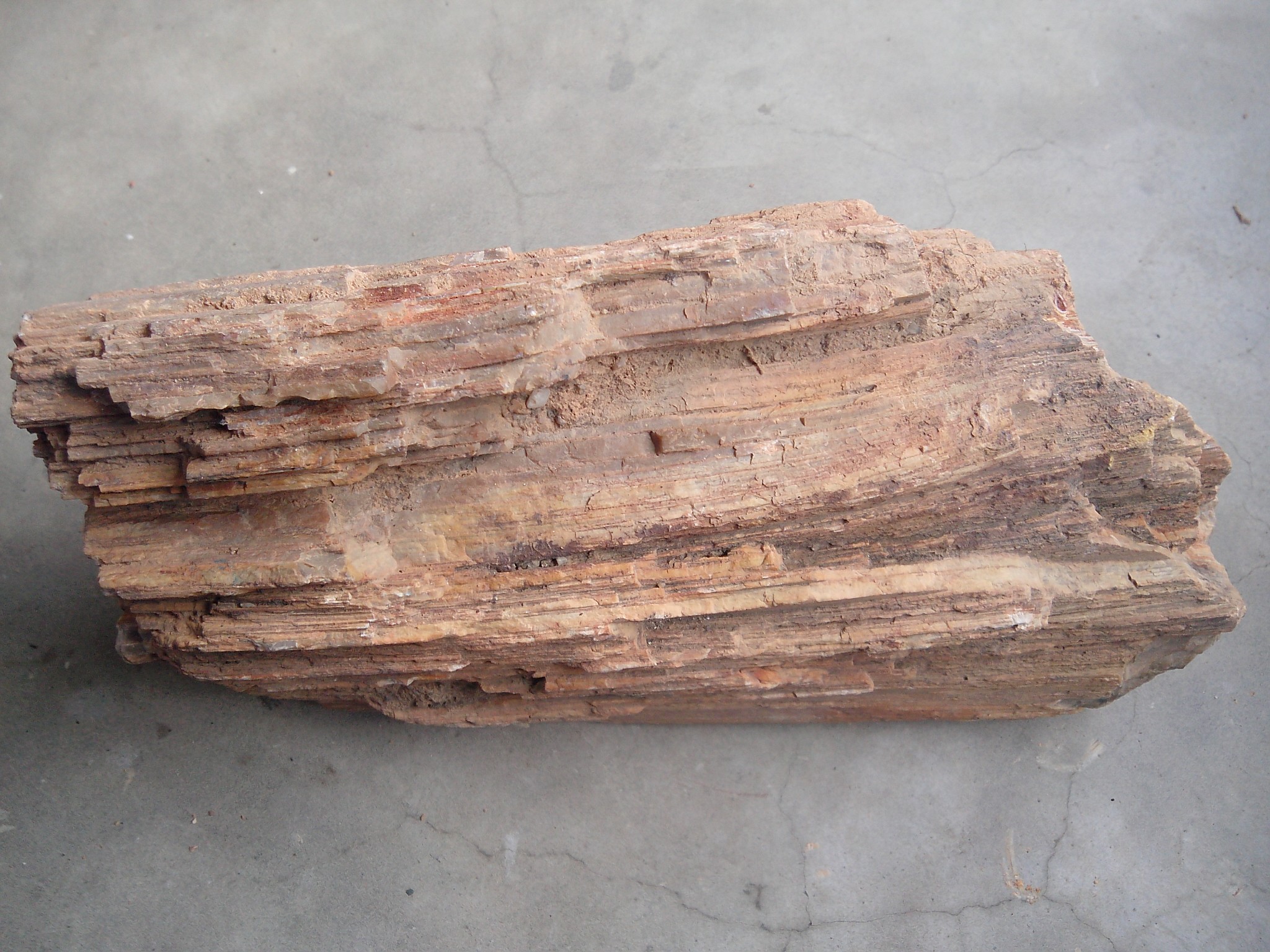
The fossilized forests beneath Antarctica serve as powerful reminders of Earth’s dynamic climate history and our planet’s capacity for dramatic change. These ancient ecosystems reveal that Antarctica wasn’t always the frozen continent we know today, but rather hosted diverse, thriving forests under radically different climate conditions. The rapid transitions between greenhouse and icehouse states, driven by massive carbon emissions and volcanic activity, offer sobering parallels to current human-induced climate change.
Most importantly, these fossil records demonstrate that climate tipping points are real and can trigger prolonged periods of extreme conditions lasting millions of years. As we face our own climate challenges, the lessons from Antarctica’s fossilized forests become increasingly relevant, showing us both the resilience and vulnerability of life in the face of dramatic environmental change. What surprises do you think future fossil discoveries might reveal about our planet’s climate history? Tell us in the comments.



